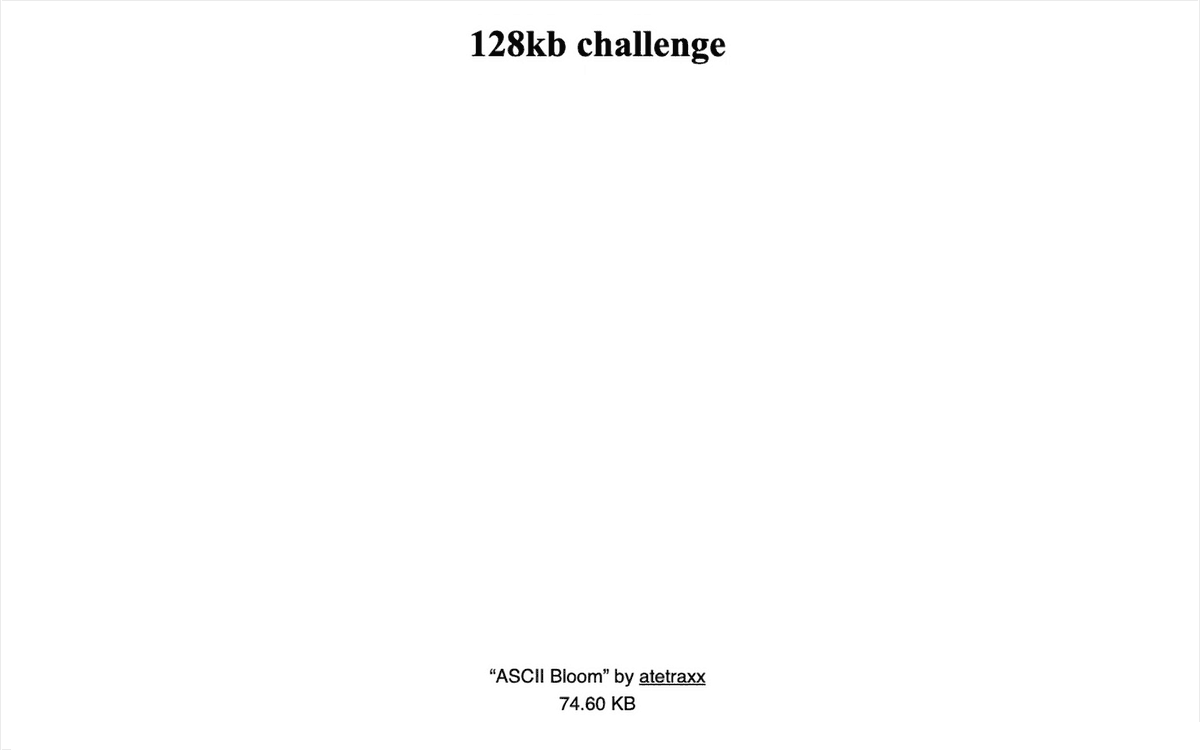Artists Weigh Global Flows and Social Atomization in “Universal / Remote”
“Universal / Remote,” a show chronicling how “capital and data flow freely on a global scale,” opens at the National Art Center Tokyo (NACT). Artists including Xu Bing, Maiko Jinushi, Trevor Paglen, and Evan Roth contribute works addressing globalization and social atomization. Hito Steyerl, Giorgi Gago Gagoshidze, and Miloš Trakilović stage their video installation Mission Accomplished: Belanciege (2019, image), a sardonic reflection on post-Berlin Wall European culture—and the luxury brand Balenciaga.
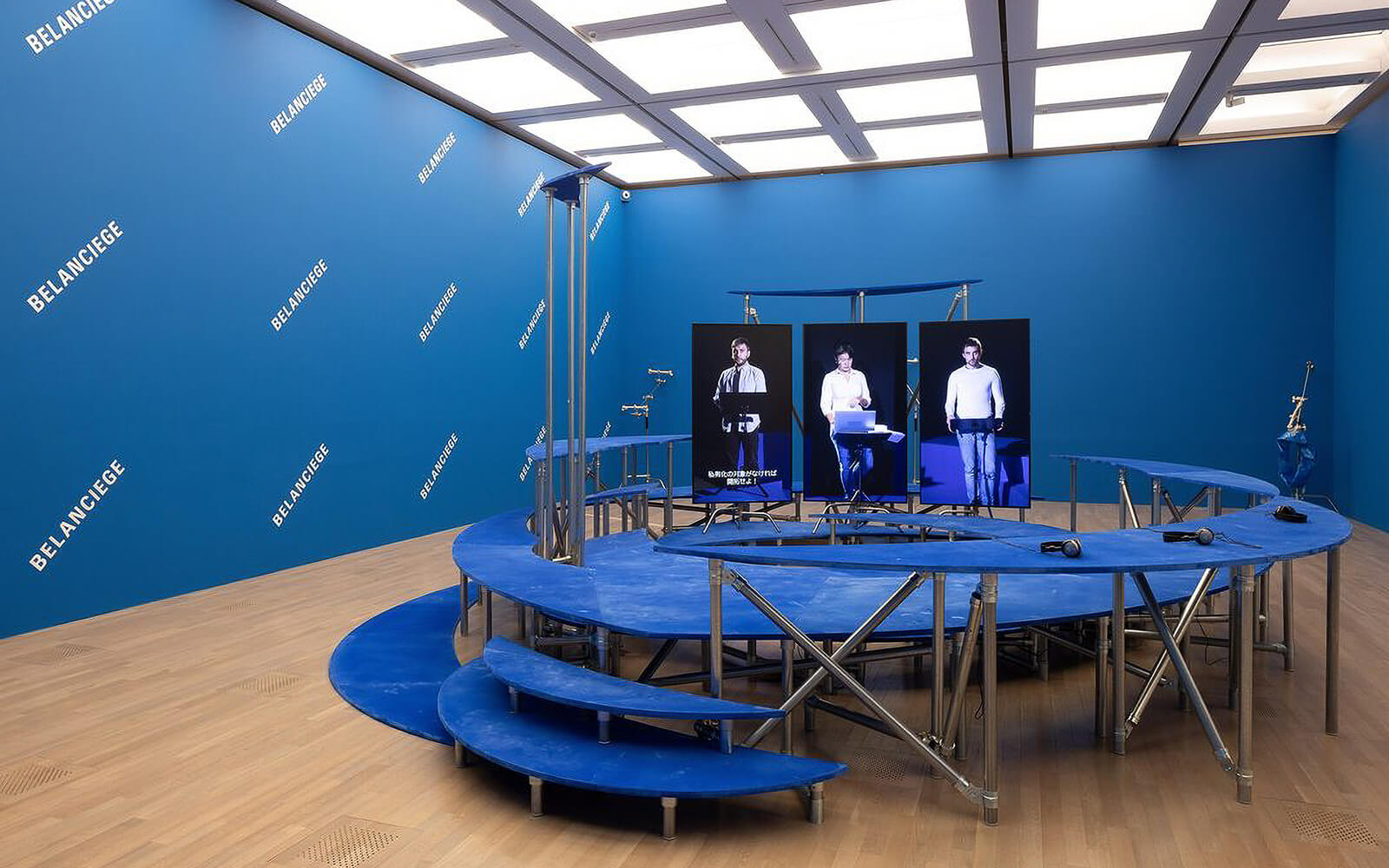
George Legrady Cites Bauhaus to Frame AI-Generated Imagery
“László Moholy-Nagy telephoned instructions to a factory in the 1920s to produce images without the need to be on-site to direct production.”
Critic Pits AARON against Matisse
“The line, when regarded close up, does not have the sweeping fluency or charm of the human hand, of a Matisse, for instance, whom some of the linear portraits seem to be channelling.”
Lauren Lee McCarthy Opens Saliva Bar at Mandeville Art Gallery
UC San Diego’s Mandeville Art Gallery opens “Bodily Autonomy,” Lauren Lee McCarthy’s largest solo show in the U.S. to date. Curator Ceci Moss brings together two major series of works—Surrogate (2022) and Saliva (2022)—in which the Chinese-American artist examines bio-surveillance through performances, videos, and installations. A newly commissioned Saliva Bar, for example, invites visitors to reflect on data privacy, race, gender, and class as they pertain to genetic material over traded spit samples.
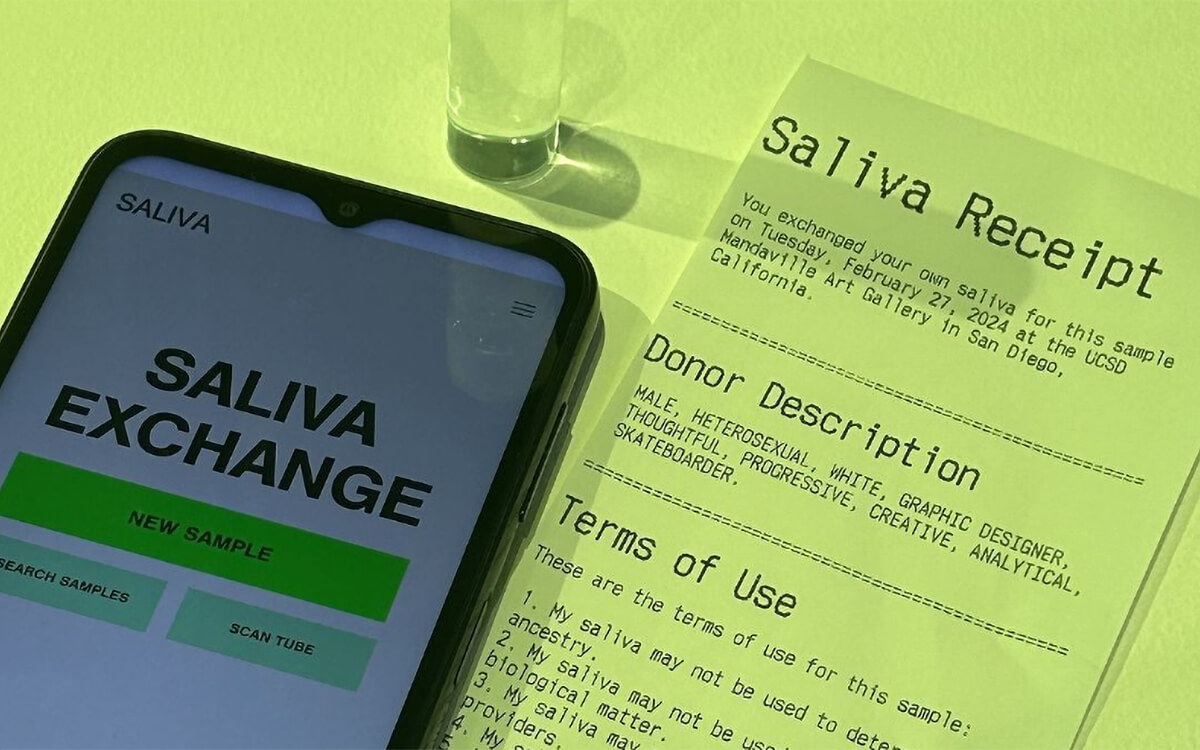
Massive Attack Chides Toothless Guardian Editorial about Festival Funding Ethics
“We’d have kept our fossil fuel funding sponsors AND curated poetry competitions on climate change if it wasn’t for those pesky school strike kids.”
AI-Generated Kara Swisher Biographies Flood Amazon
“So literally, I was like, what the fuck? Get these down. What are you doing? It’s as if I was the head of Gucci, and there’s all these knockoffs.”
Oliver Ressler Documents How Climate Crisis “Dog Days Bite Back”
Underscoring the direness of the climate crisis, Oliver Ressler’s “Dog Days Bite Back” opens at Belvedere 21 in Vienna. Featured are works spanning photography, film, and installation by the Austrian artist that lament the state of stalled climate policy and fossil fuel crony capitalism run amok. His 2-channel video installation Climate Feedback Loops (2023, image), for example, starkly documents the ice melt around Svalbard, a Norwegian archipelago that is rapidly disappearing into the Arctic Ocean.
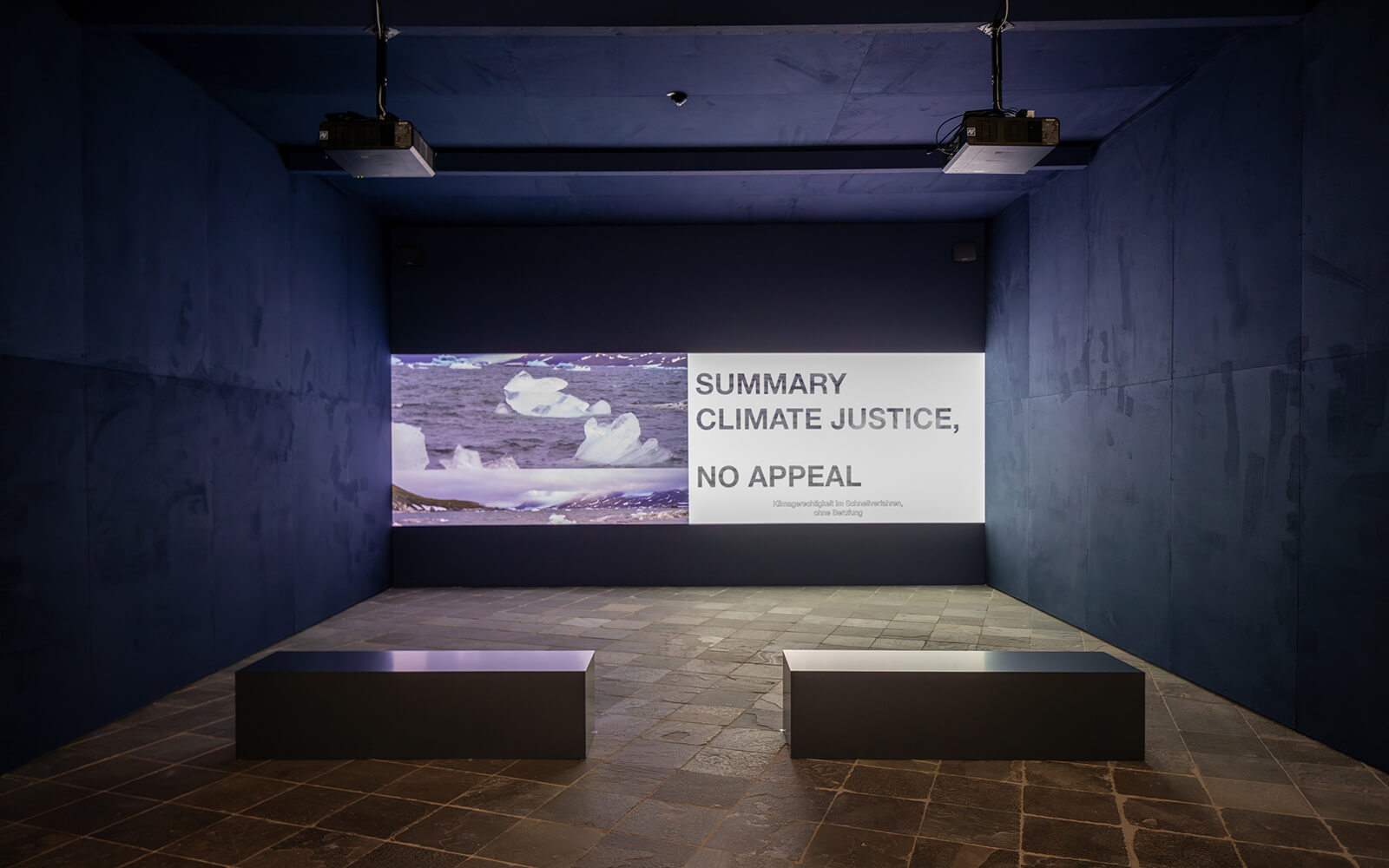
February 2024
February 2024
Critic Derides Jeff Koons’ Moon Sculptures as “Space Junk”
“I hate this project. The idea that Jeff Koons may be the first point of contact when we encounter extraterrestrials—when they discover his crate left on the Moon—what a statement by humanity.”
Tristan Perich Compiles Output of 3-Byte Random Number Generator
Tristan Perich
Pseudorandom
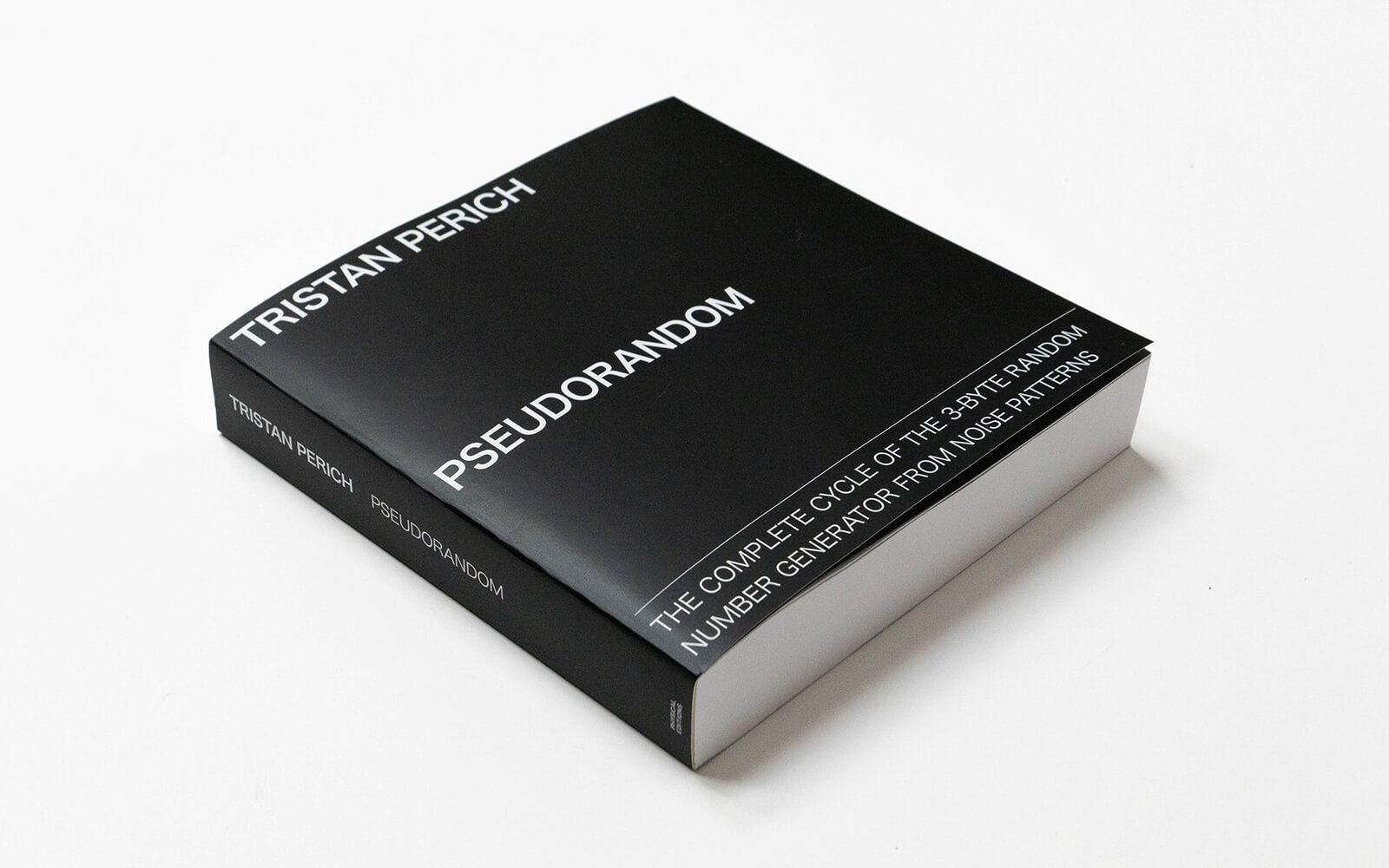
NFTs Become “SOUND MACHINES” in Feral File Exhibition
“SOUND MACHINES,” a show exploring the untapped sonic potential of NFTs, opens on Feral File. Curated by MoMA, it features 0xDEAFBEEF, American Artist & Tommy Martinez, Danielle Brathwaite-Shirley, Holly Herndon & Mat Dryhurst, and Yoko Ono. Their works playfully introduce sound to tokenized art, as evidenced by 0xDEAFBEEF’s PAYPHONE (2022-, image), which allows collectors to purchase a phone card granting priority access to participate in a performance by the artist.

AI Zombie Content Floods Internet, Turning Platforms into Ghost Towns
“The internet is filling up with ‘zombie content’ designed to game algorithms and scam humans. It’s becoming a place where bots talk to bots, and search engines crawl a lonely expanse of pages written by artificial intelligence.”
Tomás Saraceno Makes Visible the Hues of the Cosmic Web
Tomás Saraceno’s solo exhibition “Live(s) on Air” opens at Tanya Bonakdar Gallery in Los Angeles, showcasing, among other works, new cloud and foam sculptures that manifest as clusters of iridescent geometries suspended in mid-air. Juxtapozed with a series of infrared photography that suggests a new era of climate-neutral aerosolar flight, the Argentinian artist’s floating colour fractals “make visible the spectral hues and synaesthetic vectors that shape the cosmic web,” inviting meditation on “forms of life and eco-social interdependence.”
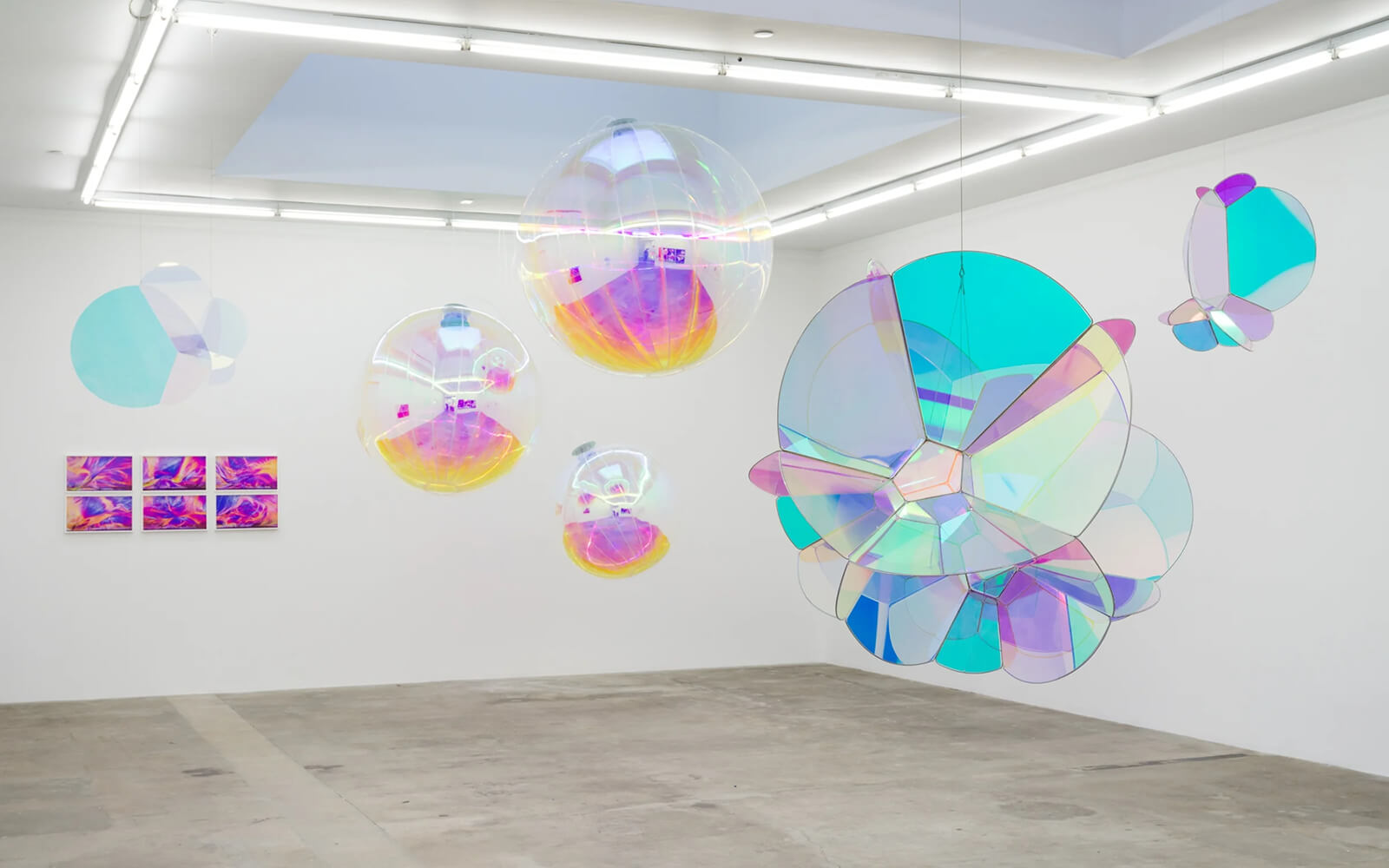
Desires vs Needs: Pınar Yoldaş Charts Technocene at ICA San Diego
The Institute of Contemporary Art San Diego (ICA) opens “Pınar Yoldaş: Synaptic Sculpture,” the Turkish-American artist and UC San Diego Professor’s first U.S. solo museum exhibition. Expanding her oevre of speculative biologies, Yoldaş presents several new works including an algae bioreactor brewing plastic alternatives that illuminate the technocene. “If we ask ourselves what drives technological progress,” Yoldaş explains, “we can see that it is as much our collective desires as it is our collective needs.”
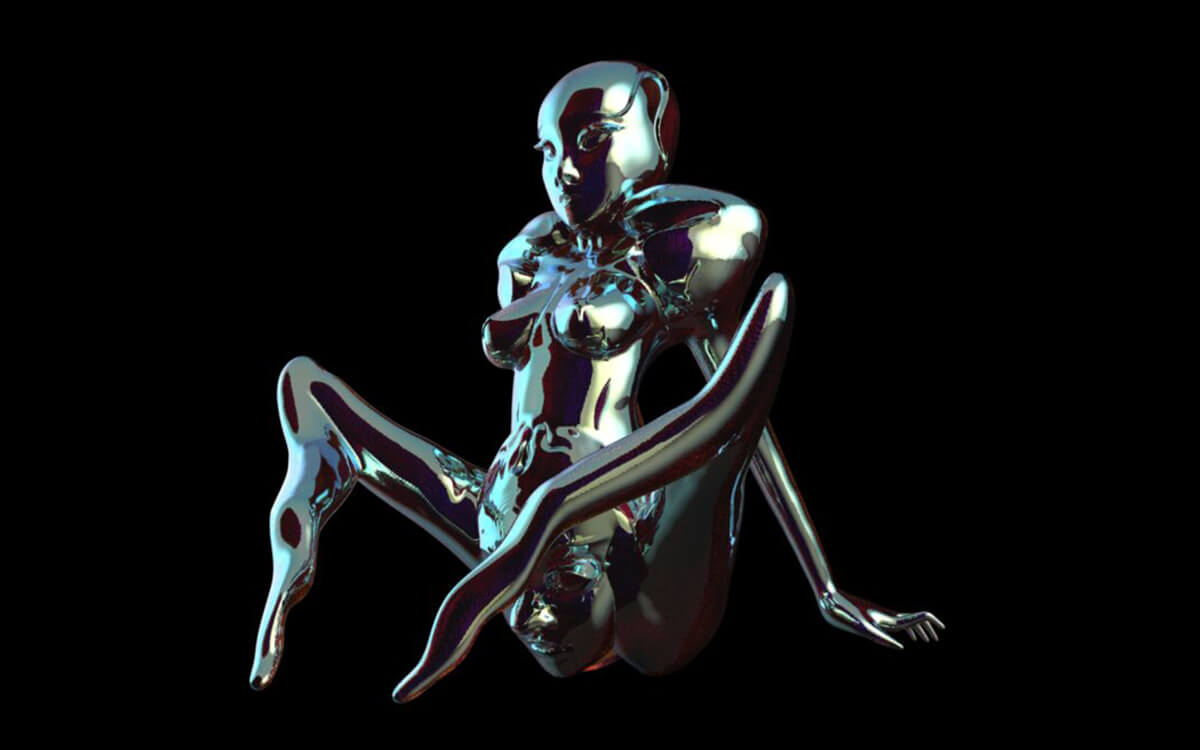
Beware the Swarming AI Killer Robots: Security Scholar Warns of Emergent Behaviour in Autonomous Military Systems
“Neither side in the debate on ‘killer robots’ has addressed the most potentially unnerving aspect of using them in battle: sooner or later, they’ll be able to communicate with each other without human intervention.”
Rosa Menkman Maps the Lost Colours of Nature’s Original Glitch
Rosa Menkman’s mixed-media installation, A Spectrum of Lost and Unnamed Colours (2024), opens at EPFL Pavilions, Lausanne (CH), concluding the “speculative dialogues” with computer and environmental scientists that informed the work and guided her EPFL residency. In a series of translucent, lens-like sigils, the Dutch artist and researcher tells the story of a future media archaeologist who, in mapping colour loss, uncovers how air pollution and AI deluge ‘dimmed’ the atmospheric rainbow—“nature’s original ‘glitch’.”
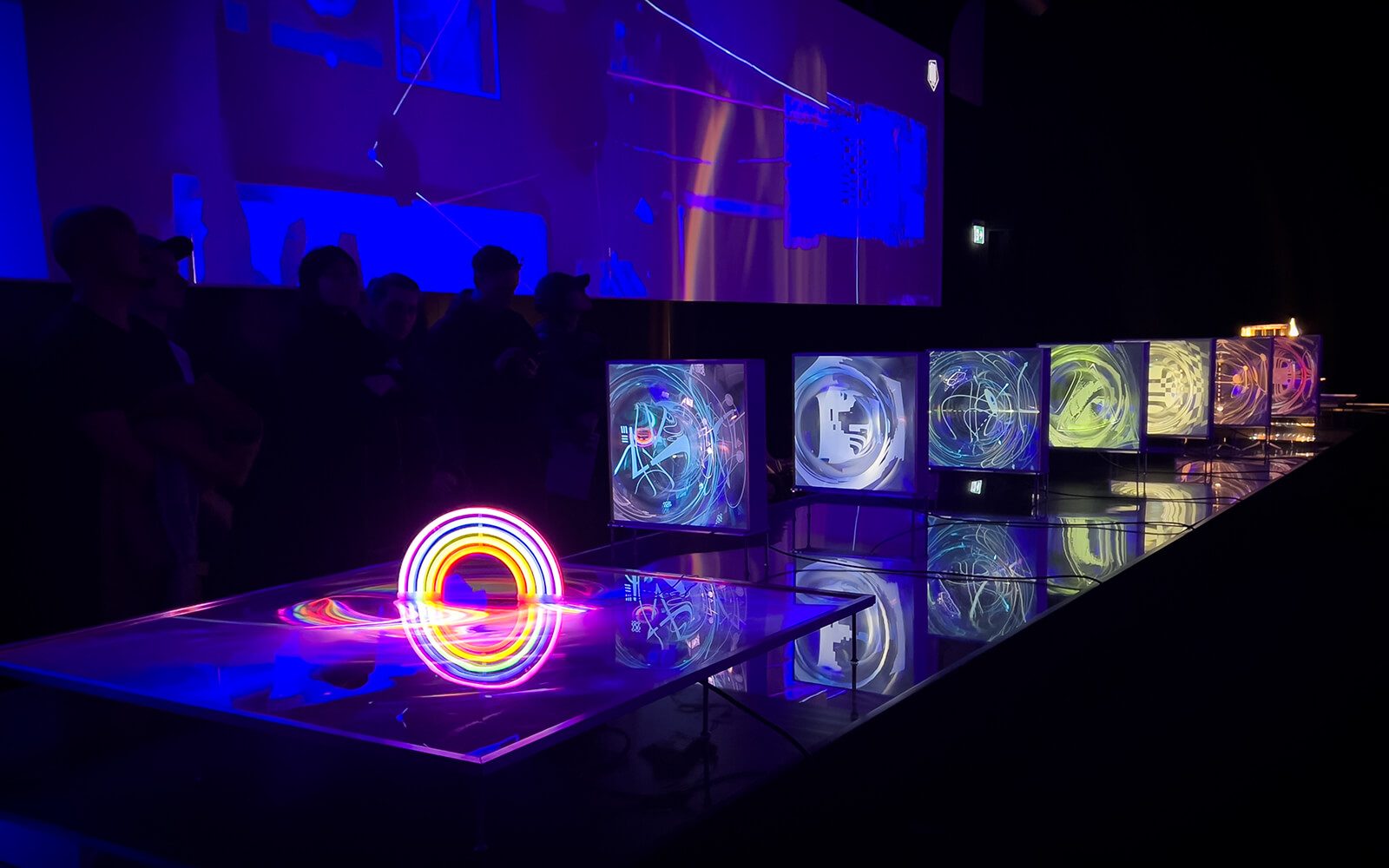
Aura Satz Describes Noisemaking Sirens as “Circuits of Ear and Mouth”
“Many technologies are modelled on our anatomy—they are extensions of us. I wanted to get closer to the sirens, to see them as a ‘circuit of an ear and a mouth, listening out for threat and broadcasting it to the population,’ to quote the film.”
Good Technology Is Feminist, Eleanor Drage and Kerry McInerney Argue in New Book
Eleanor Drage & Kerry McInerney
The Good Robot
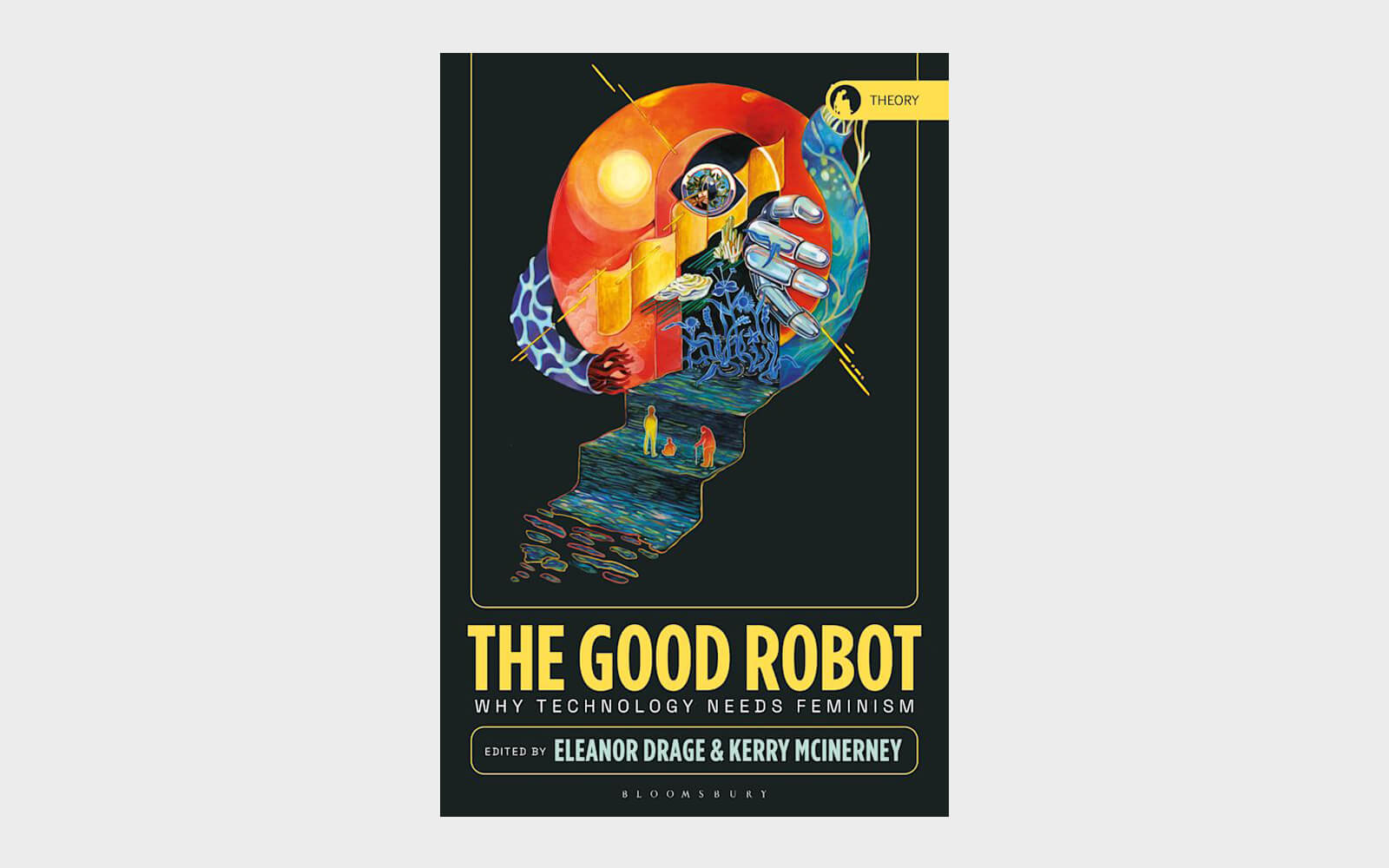
Prep Now for a Collapsing Media Eco-System, Sam Rolfes Warns
“Artist PSA: Go download every bit of press you’ve received today, because the media industry situation is dire and not getting better any time soon.”
Simon Denny Turns New York’s Petzel into Multi-User Dungeon
Donning his curator hat, Berlin-based artist Simon Denny turns New York’s Petzel into a “Multi-User Dungeon (MUD)” that connects 1970s table-top RPGs, early BBS networks, modern MMOs, and the metaverse. On view are works by 15 artists including Genevieve Goffman, Jack Goldstein, Josh Kline, Suzanne Treister, and Anicka Yi that “navigate the uncanny skeuomorphism of virtual worlds as they evolve over time and spill over into politics, finance and culture.” Denny’s own solo show, “Dungeon,” explores similar themes in parallel.
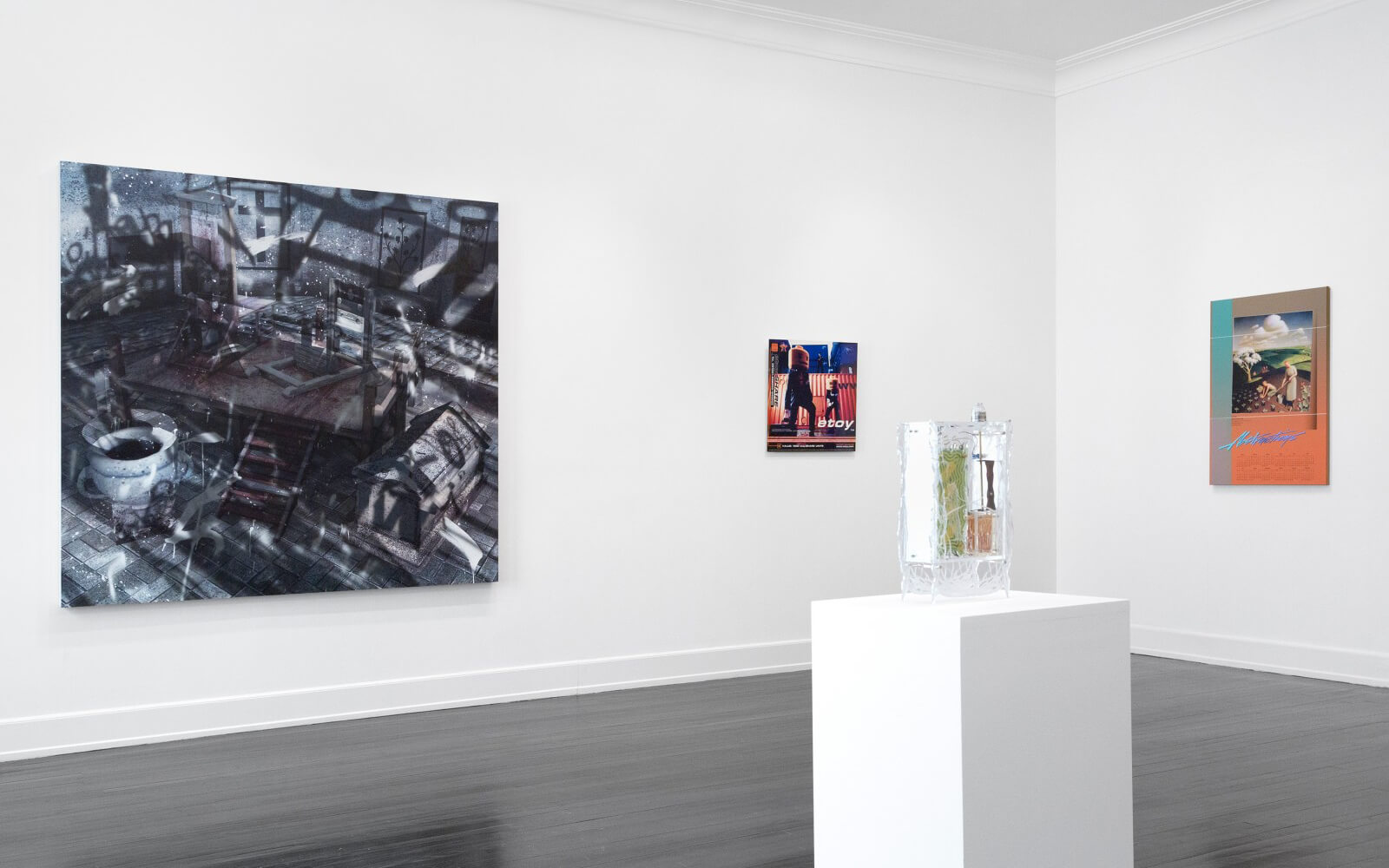
Generative AI Accelerates the Climate Crisis, Kate Crawford Warns
“It’s estimated that a search driven by generative AI uses four to five times the energy of a conventional web search. Within years, large AI systems are likely to need as much energy as entire nations.”
Regina Harsanyi Pushes Back Against Media Arts Amnesia
“If you’re confident in a contemporaneous movement or your own work, you don’t have to pretend it’s novel. Without acknowledging over half a century of media arts, you are asking to be forgotten.”
New Gala Hernández López Film Links Crypto Culture and Cryogenics
Gala Hernández López’s sci-fi documentary for here am i sitting in a tin can far above the world (2024) premieres at Berlinale. In the double-screen collage of YouTube videos, archival images, and 3D animations, the French artist-researcher and filmmaker explores the links between crypto culture and cryogenics as two speculative technologies that exploit the future. A key narrative figure: American extropian and cypherpunk Hal Finney, who, in a fictional future, implements societal biostasis for economic gain.
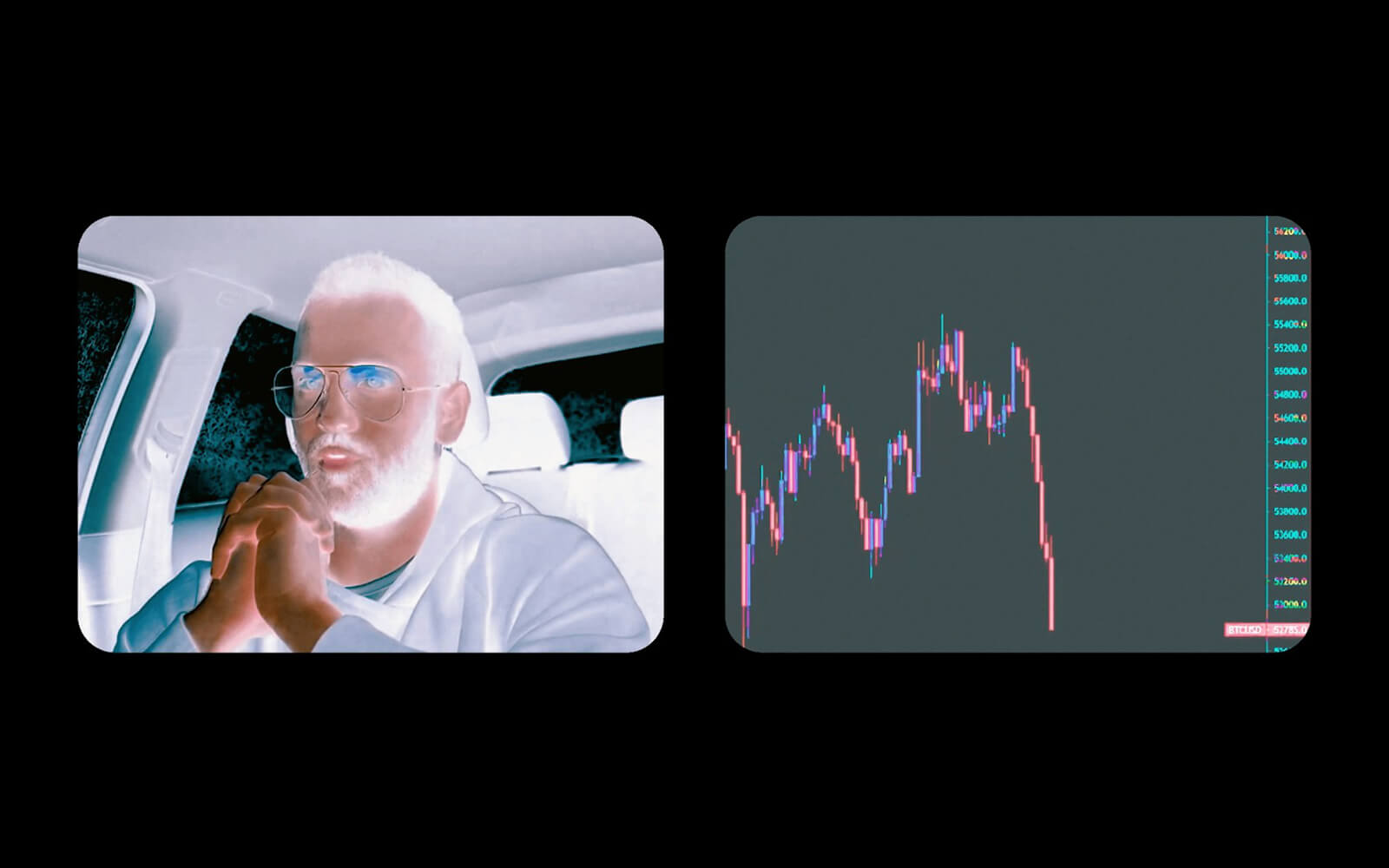
AI Researcher Anticipates Apocalypse in Five Years
“If you put me to a wall and forced me to put probabilities on things, I have a sense that our current remaining timeline looks more like five years than 50 years. Could be two years, could be 10.”
KW Berlin Illuminates Black Sites, Black Boxes, and Black Holes
KW Berlin opens “Poetics of Encryption,” an extensive group exhibition that builds on curator Nadim Samman’s eponymous book, illuminating “Black Sites, Black Boxes, and Black Holes”—terms that indicate how technical systems capture users, how they work in stealth, and how they distort cultural space-time. The show gathers both historic and newly commissioned works by over 40 artists including Nora Al-Badri, Clusterduck, Kate Crawford & Vladan Joler, Simon Denny, Eva & Franco Mattes, Trevor Paglen, Rachel Rossin, and Troika.
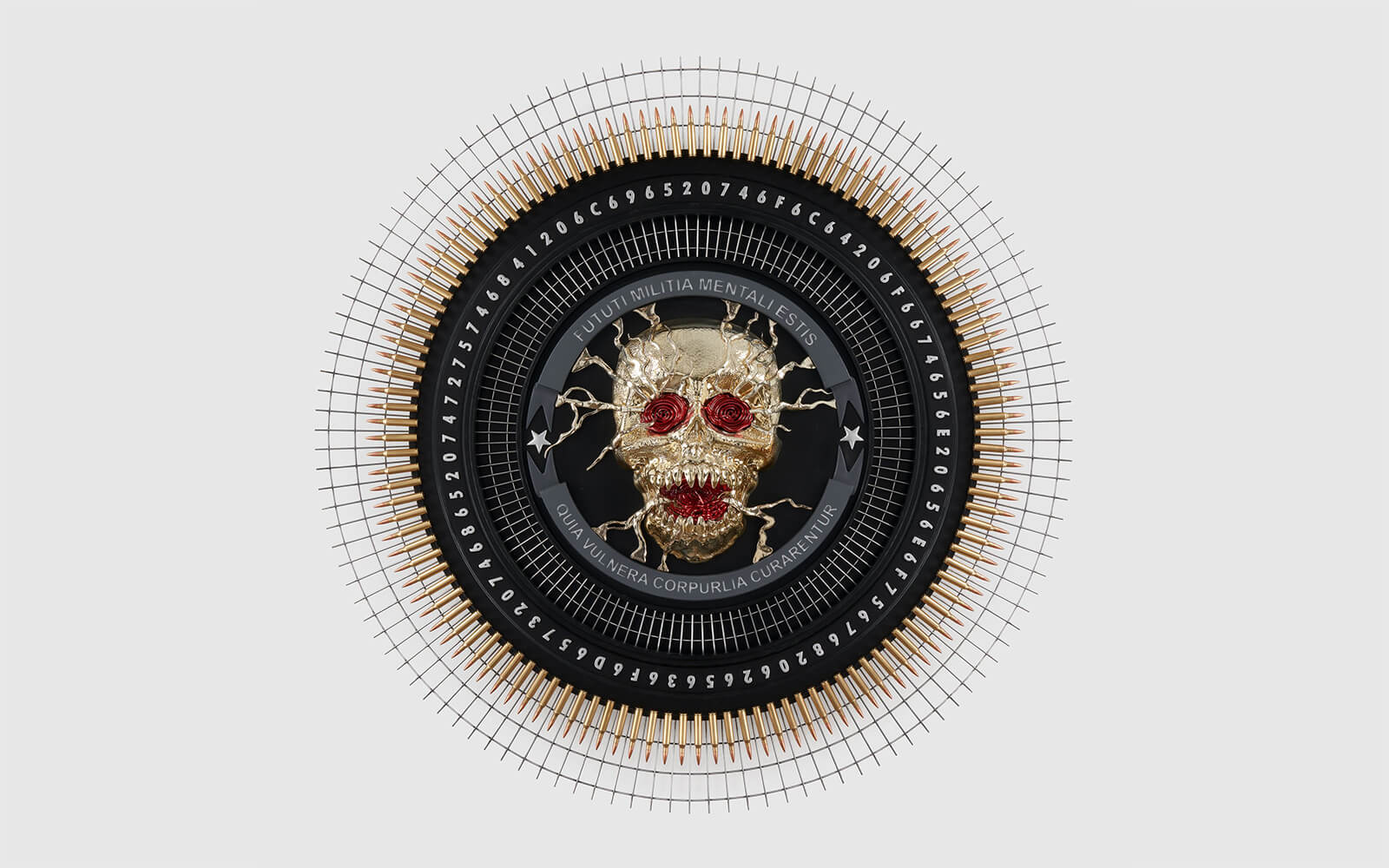
Auriea Harvey Reflects on Exploring Intimacy in the Internet Age
“I wasn’t creating work that was about technology or about the internet or about computers, but about the humans using the computers, myself using computers, my body in front of the computer.”
Tech Columnist Puts Sam Altman’s Staggering GPU Fundraising in Context
“It’s more than Apple and Microsoft’s market caps combined. It’s more than than any company has raised for anything in the history of capitalism.”
Simon Denny Monograph Tours Metaverse Landscapes
Simon Denny
Landscapes
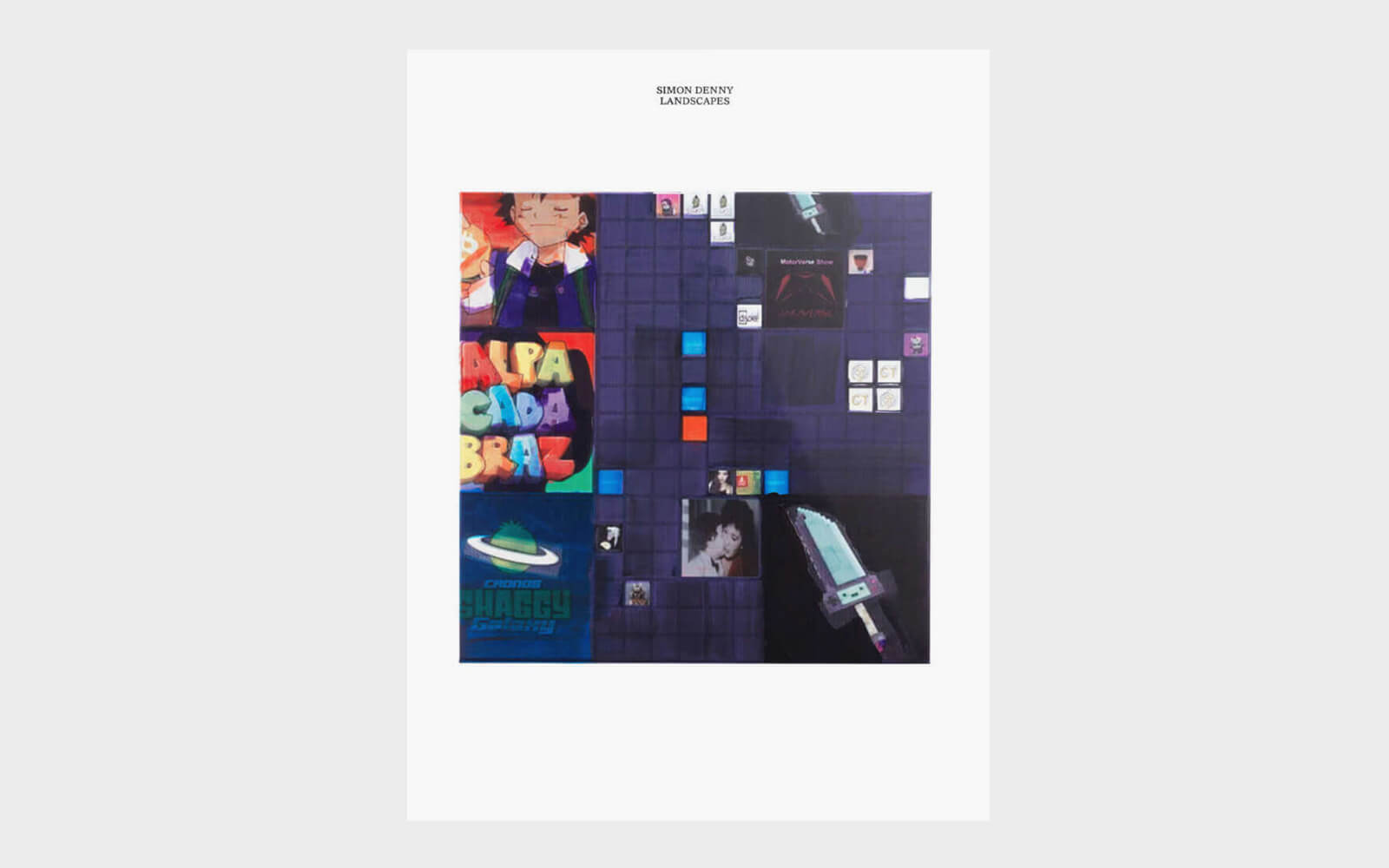
Harold Cohen’s Machine Drawings Offer Respite from Generative AI Meatgrinder
“Cohen developed AARON with intention. The machine and the painter grew together—inefficiently, by tech’s standards, but fruitfully, by art’s.”
Pérez Art Museum Miami Exhibition Renders Watery Warnings
“TRANSFER Download: Sea Change” opens at Pérez Art Museum Miami (PAMM), flooding a panoramic ‘video chamber’ with reflections “on the accelerating changes across climate, culture, and time.” The 9th iteration of TRANSFER’s travelling immersive format compiles works by LaTurbo Avedon, Leo Castañeda, Fabiola Larios, Cassie McQuater, Lorna Mills, Rick Silva & Nicolas Sassoon (image: Signals 4, 2023), and Rodell Warner into a playlist of “watery warnings,” rendered as generative art, animated GIFs, videogames, and CGI.
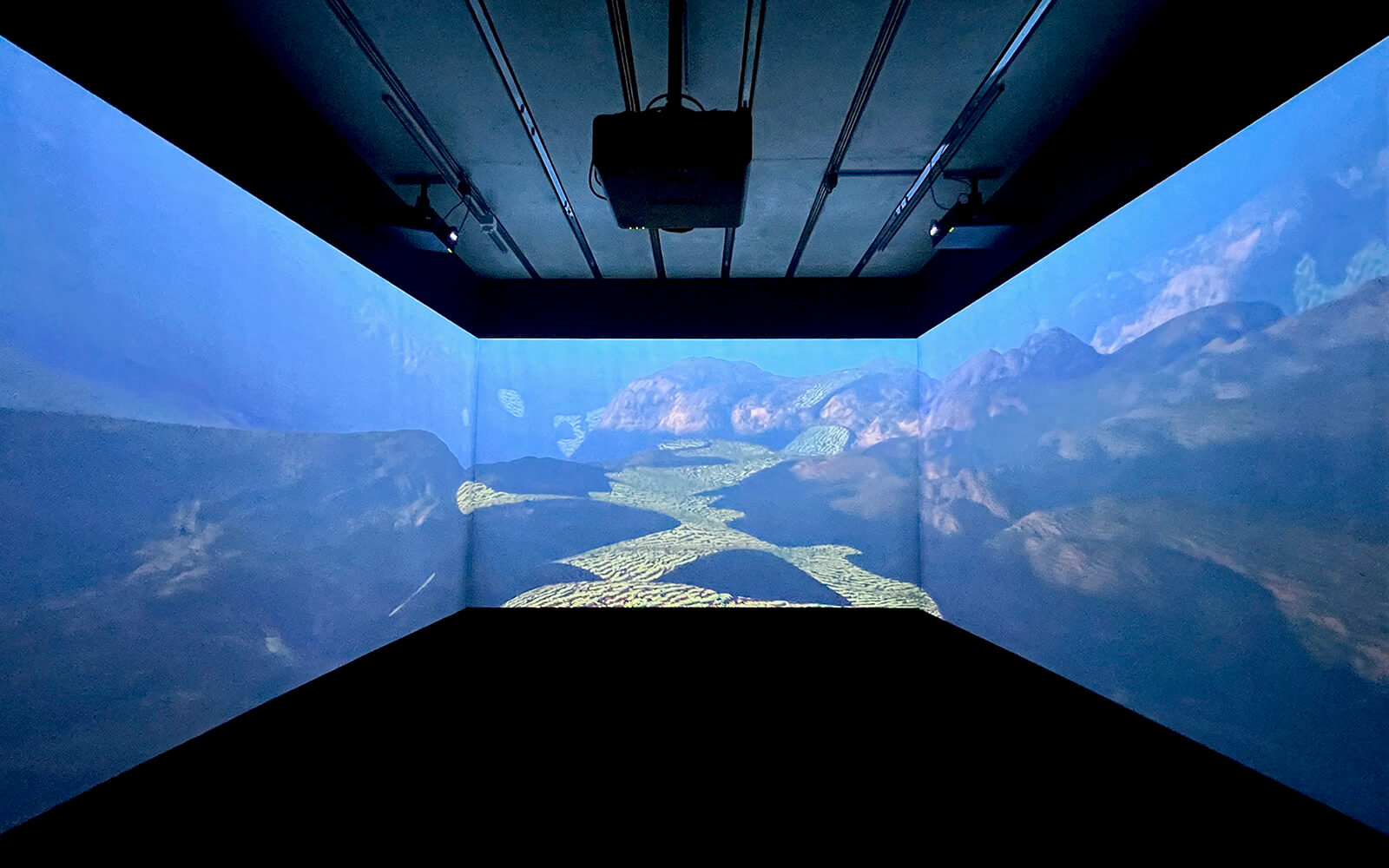
Tech Columnist Bemoans Increasingly Boring AI Chatbots
“A world of sanitized, corporate AI is probably better than one with millions of unhinged chatbots running amok. But I find it all a bit sad. We created an alien form of intelligence and immediately put it to work … making PowerPoints?”
Access Toolkit for Artworkers Helps Undo Ableism in the Arts
Irish curator Iaraith Ní Fheorais launches the Access Toolkit for Artworkers, a practical guide for planning, producing, and exhibiting accessible art projects including information on finance, workplaces, and display. Drawing on resources created by Caroyln Lazard, Sins Invalid, Unlimited, Leah Clements, Alice Hattrick, and Lizzy Rose, the toolkit is an effort to undo the ableism in art spaces and help eradicate access barriers for d/Deaf, neurodivergent, chronically ill, and disabled communities.
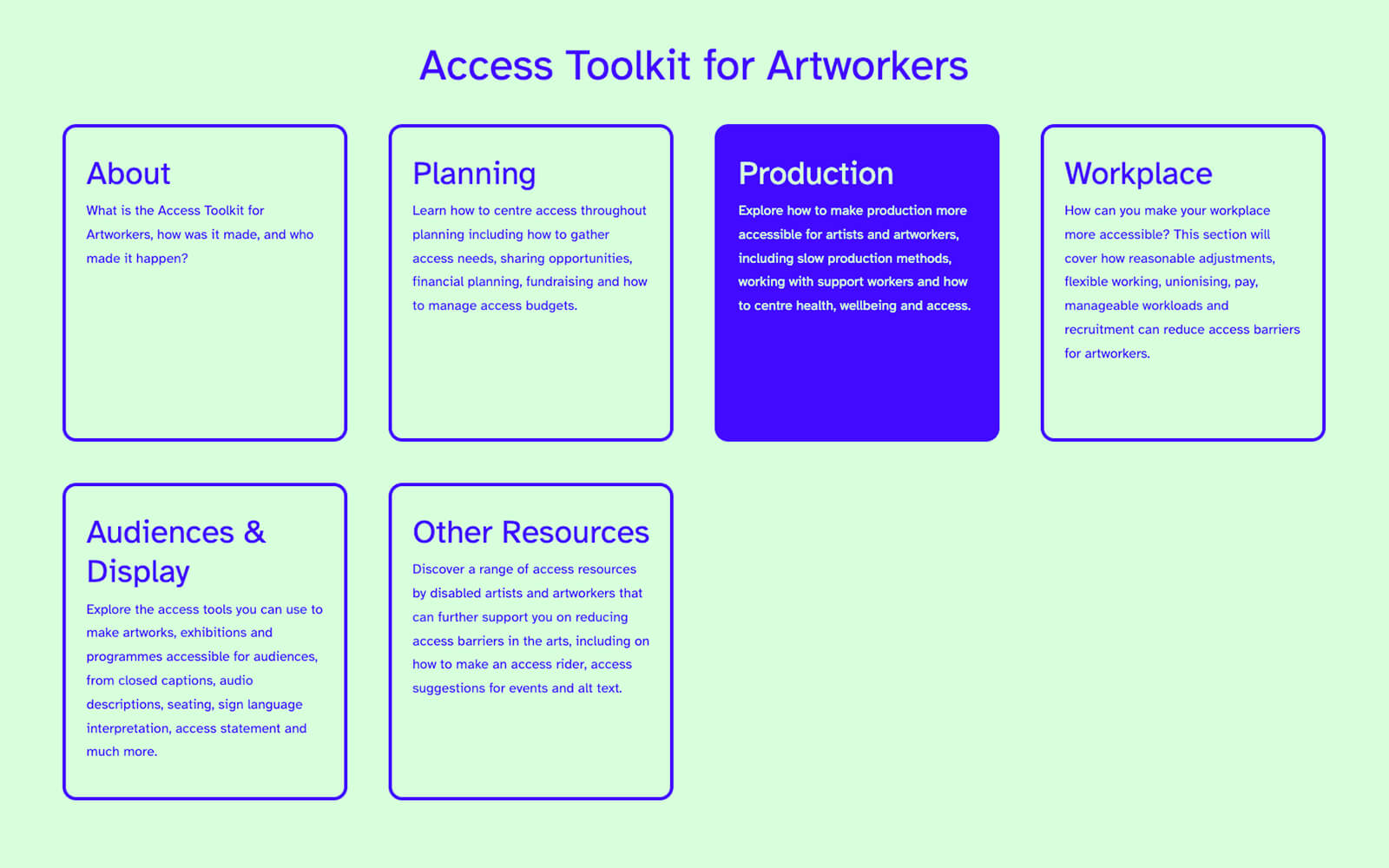
Yanis Varoufakis Argues Big Tech Lords over Us in “Technofeudalism”
Yanis Varoufakis
Technofeudalism
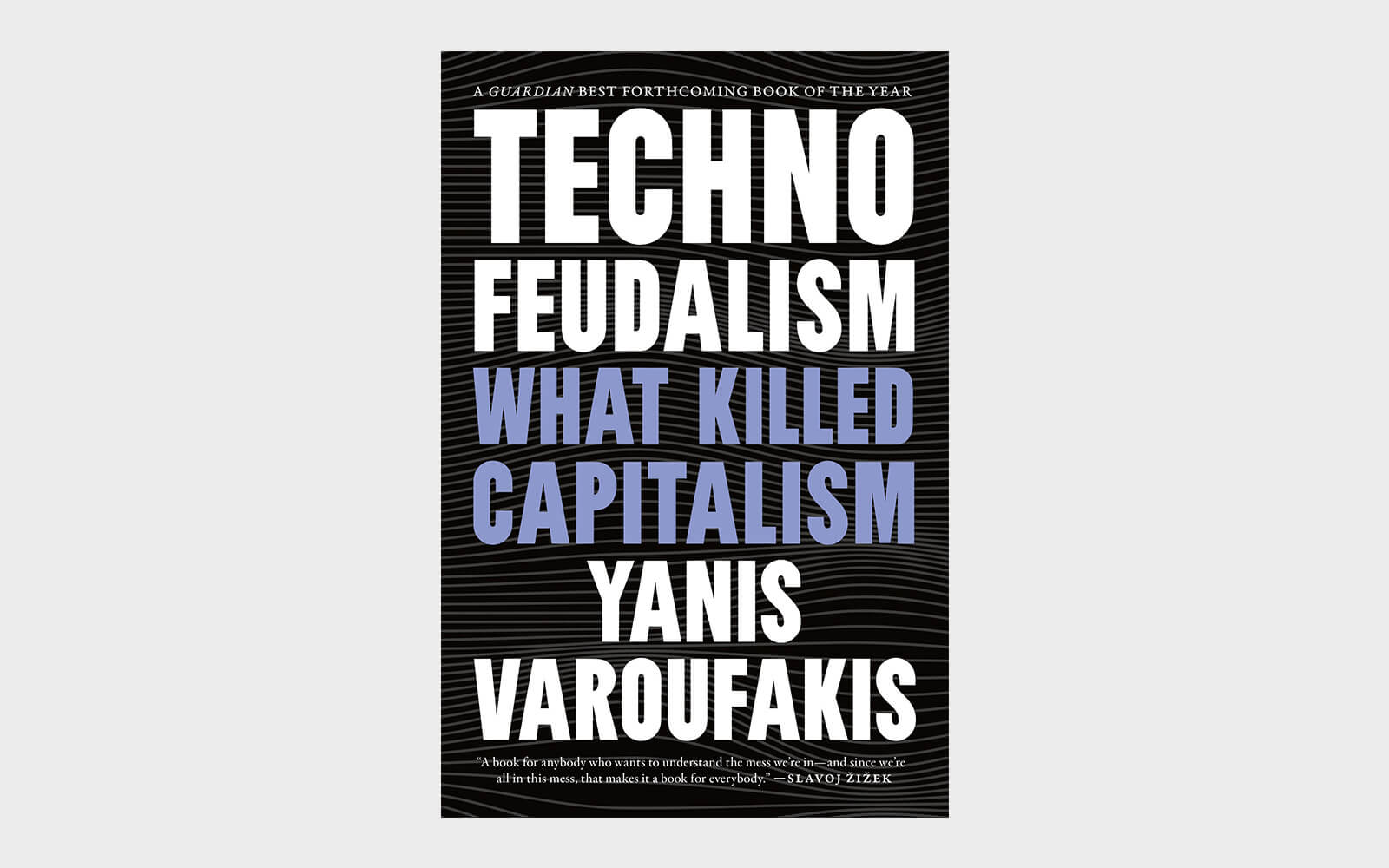
TIME100 AI Impact Awardee Sougwen Chun Stresses the Need for Art and Hybridity
“This award is a spotlight on the meaning made by the artists of today, the artists that came before, and the ones to come. We carry with us the knowledge that exploring the human condition despite the odds, shapes the world in vital and profound ways.”
D’Souza & Staal Call “Court for Intergenerational Climate Crimes” to Order
D’Souza & Staal (eds)
Court for Intergenerational Climate Crimes

Harm van den Dorpel Debunks NFT Posterity
“Nothing is fully on-chain: there are always many more layers of tech off-chain that you depend on that interpret and transform data to display your art, like your browser. And your eyes and your mind to perceive it are extremely mutable too.”
Eva & Franco Mattes’ Newest Circuits Spill Beyond Castle Walls
Eva & Franco Mattes solo exhibition “508 Loop Detected” opens at Apalazzogallery (APG) in Brescia (IT), premiering a series of AI Circuit (2024) works that loop AI-processed photos of past shows and an updated version of Personal Photographs (2024, image). The latter conceals a data transfer of newly taken private photos inside a brightly coloured cable loop that spills beyond Apalazzo’s baroque walls. Meanwhile, Roomba Cat (2023) roams around indoors, manifesting meme culture with motorized taxidermy.
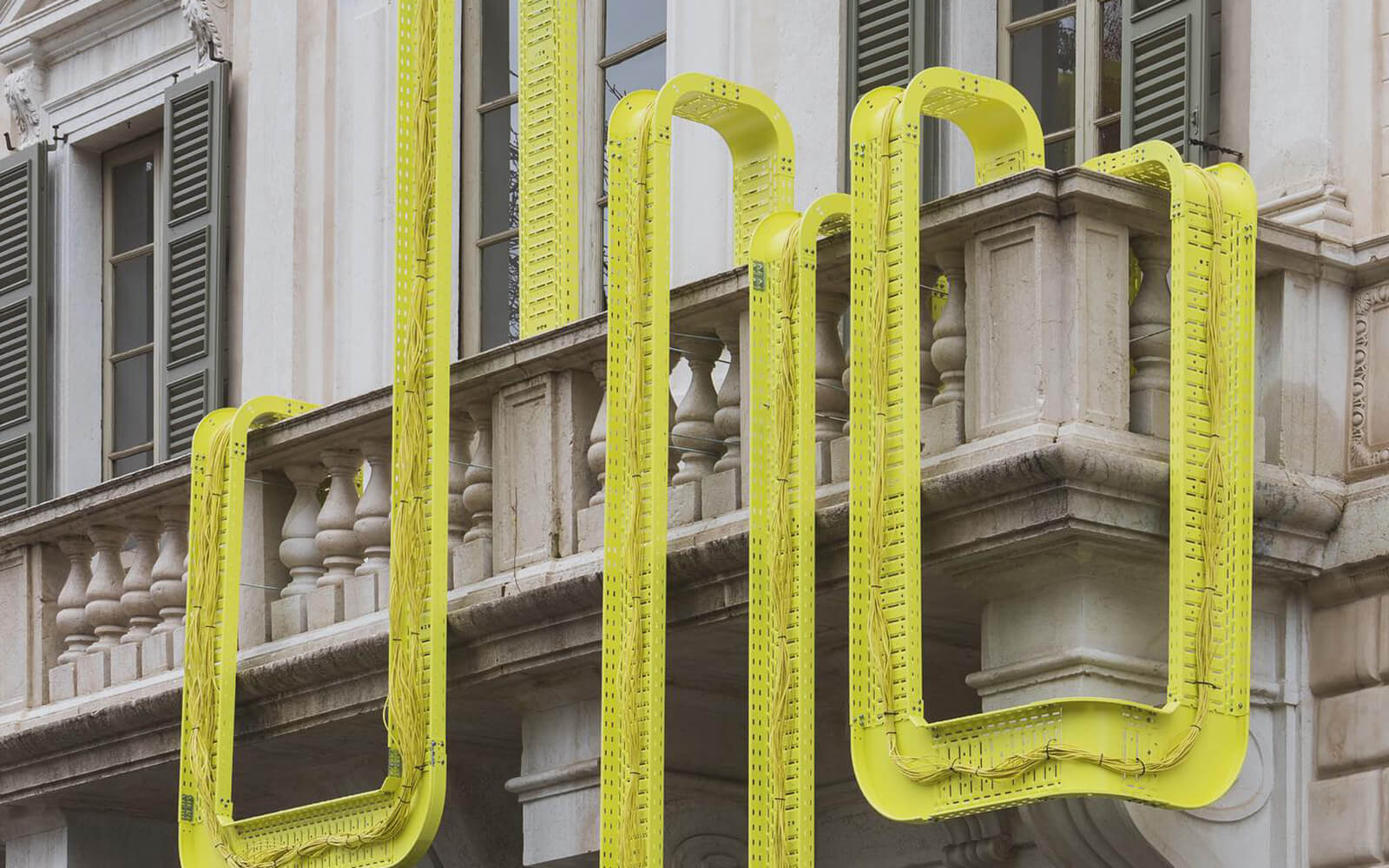
Total Refusal Collective Hijacks Videogames to Talk Politics
“We want to hijack mass media in order to radicalize people politically. Videogames have an enormous potential to question ideology and they don’t fulfil this potential at all.”
Tim Rodenbröker Invites Minimalist Creative Coding Discoveries
Frustrated with the state of today’s social media platforms and how they extract attention (“I feel trapped!”), German graphic designer and creative coding enthusiast Tim Rodenbröker launches a radical alternative: 128kb Challenge is a distraction-free, community-first feed for discovering and sharing minimalist programmed works. Anyone working in Processing, p5.js, or GLSL can participate by submitting GIFs that adhere to the 128×128 pixels, 128 colours, and 128 kilobyte size limit.
